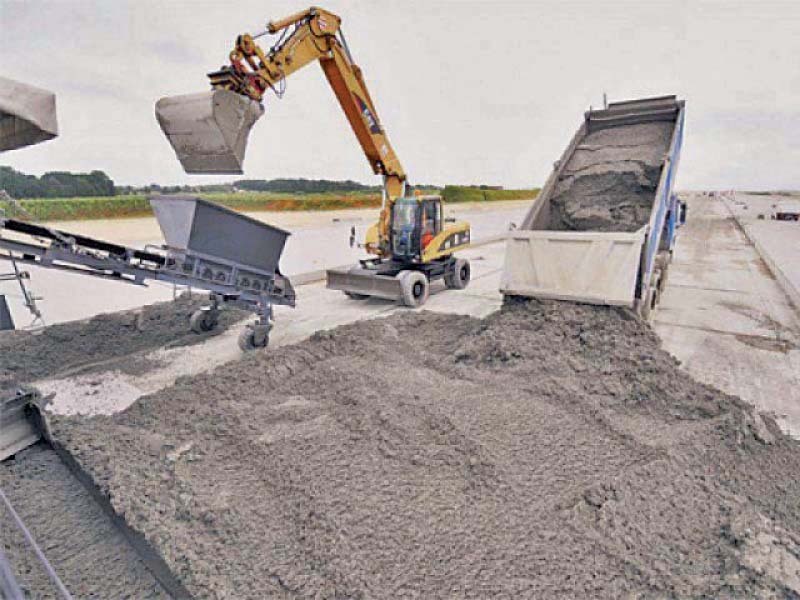
With the announcement of subsidised house building loans by the prime minister, the cement and steel sectors hope they will be able to recoup the losses incurred due to a sharp economic slowdown caused by the global pandemic.
Under the Naya Pakistan Housing Programme, the government aims to revive the economic activities hit hard by Covid-19 through housing and construction sectors. It announced a subsidy of Rs300,000 on house building loans for the first 100,000 units.
Banks have been asked to allocate 5% of their advances portfolio to the construction sector, which will be provided at a low rate of 5% and 7% for five and 10-marla houses.
The banks’ current exposure to the construction sector is 2% of the overall credit to the private sector and 1% of the overall advances. The government’s directive is expected to increase liquidity in the construction sector by Rs300-350 billion. “While we expect further details from the State Bank of Pakistan (SBP) on how this scheme will work, we are taking cue from the central bank’s earlier financing facility for low-cost housing for special segments,” said Topline Research analyst Shankar Talreja.
The borrowing rate for the SBP’s refinancing facility is 5%, which includes banks’ spread of up to 4%.
Meanwhile, the implementation of foreclosure law remains a key risk for the banking sector as banks are reluctant to lend to the housing sector, even after a favourable decision by the Lahore High Court on the matter, he said.
“Based on the back of the envelope working, assuming 3% spread, banks can earn an additional 3-5%, unadjusted for risk.” However, after the announcement, the cement, steel and other allied sectors are hopeful of receiving some respite.
“We estimate additional cement demand of one million tons, 2% of overall sales, and steel rebar demand of 150,000 tons, 2-3% of overall sales,” stated the analyst. “Our base case assumption for cement sales growth is 7.5% for fiscal year 2021, which incorporates the developments concerning the construction package,” Talreja said.
The additional demand can increase cement and steel sectors’ profits in the range of 4-6%. Other sectors like tiles, glass, etc were also likely to be among the beneficiaries, he added. However, according to some experts, this will only have a marginal impact as the industry is huge and only normal demand can help the industry to work at full capacity.
“There will not be a big impact on the cement sector,” said Saqib Hussain, an analyst at Sherman Securities.
In the last 20 years (2000-19), Pakistan’s average gross domestic product (GDP) growth stood at 4.5% while growth in local cement demand remained higher at 8%.
Published in The Express Tribune, July 14th, 2020.
Like Business on Facebook, follow @TribuneBiz on Twitter to stay informed and join in the conversation.





1719053250-0/BeFunky-collage-(5)1719053250-0-270x192.webp)











COMMENTS
Comments are moderated and generally will be posted if they are on-topic and not abusive.
For more information, please see our Comments FAQ